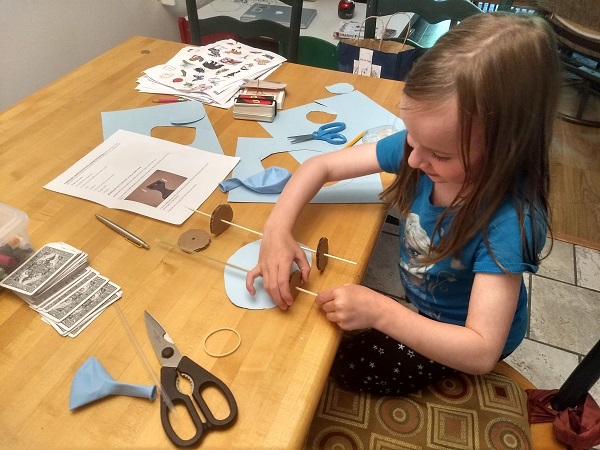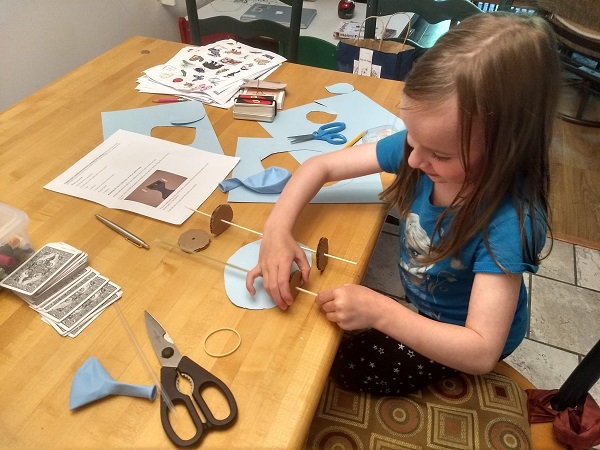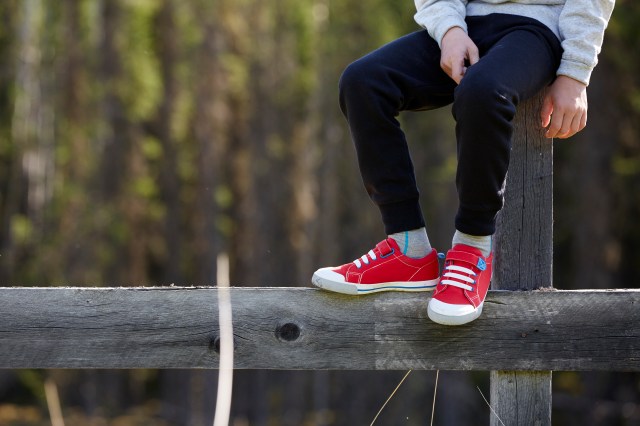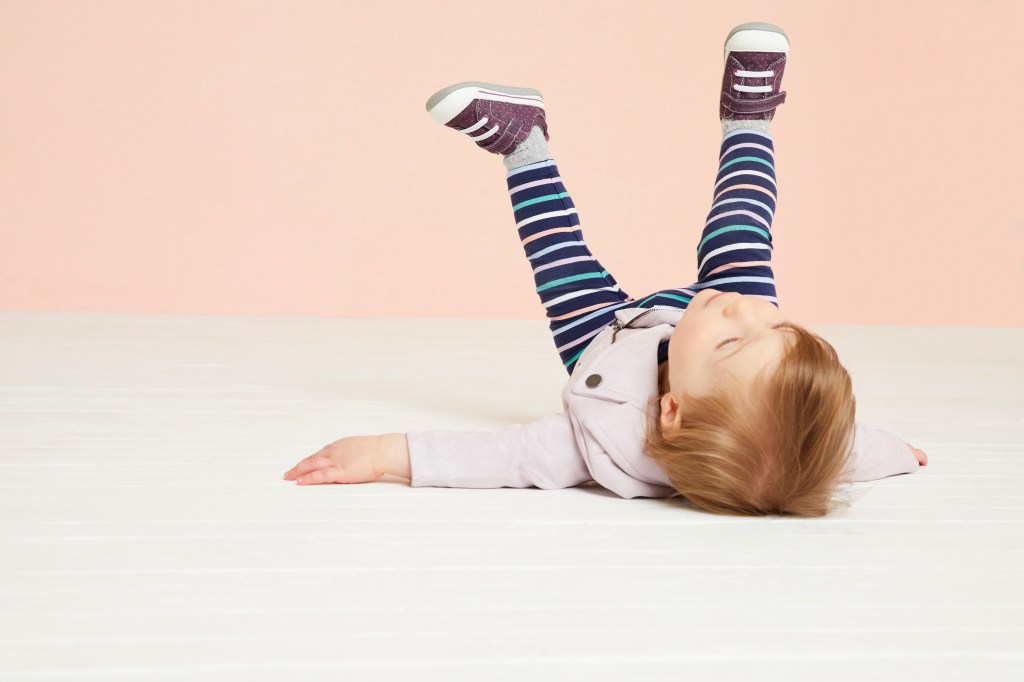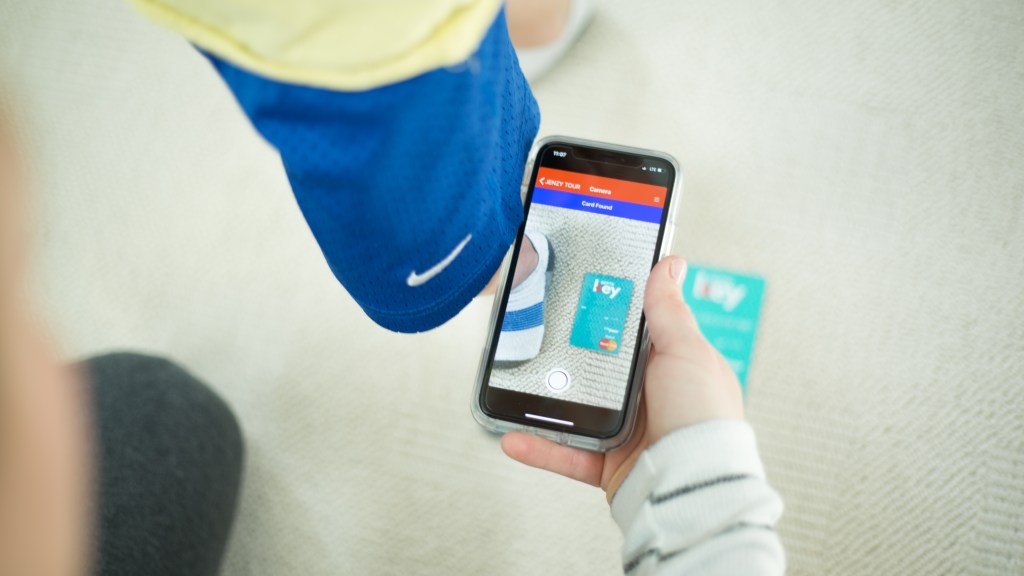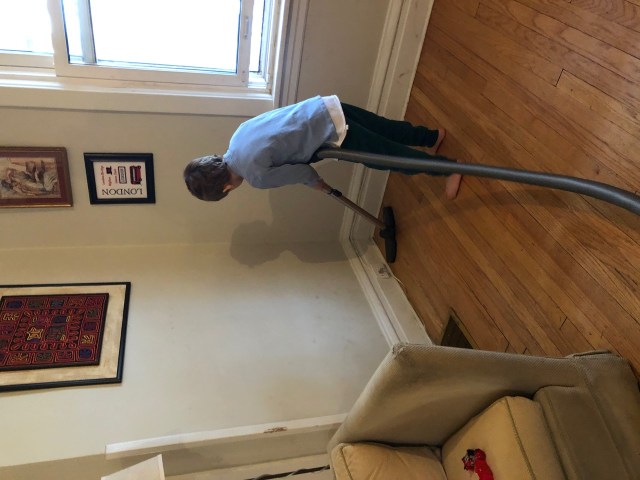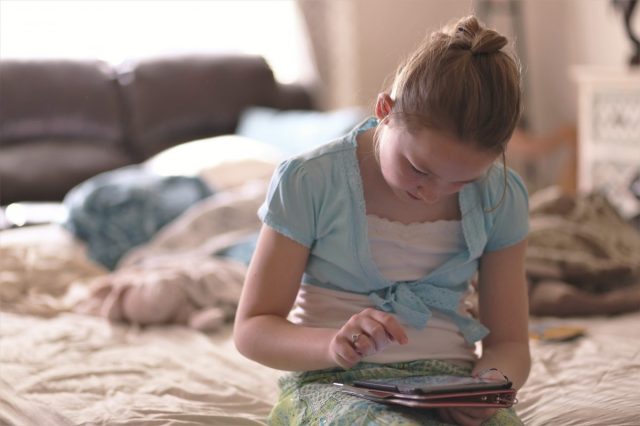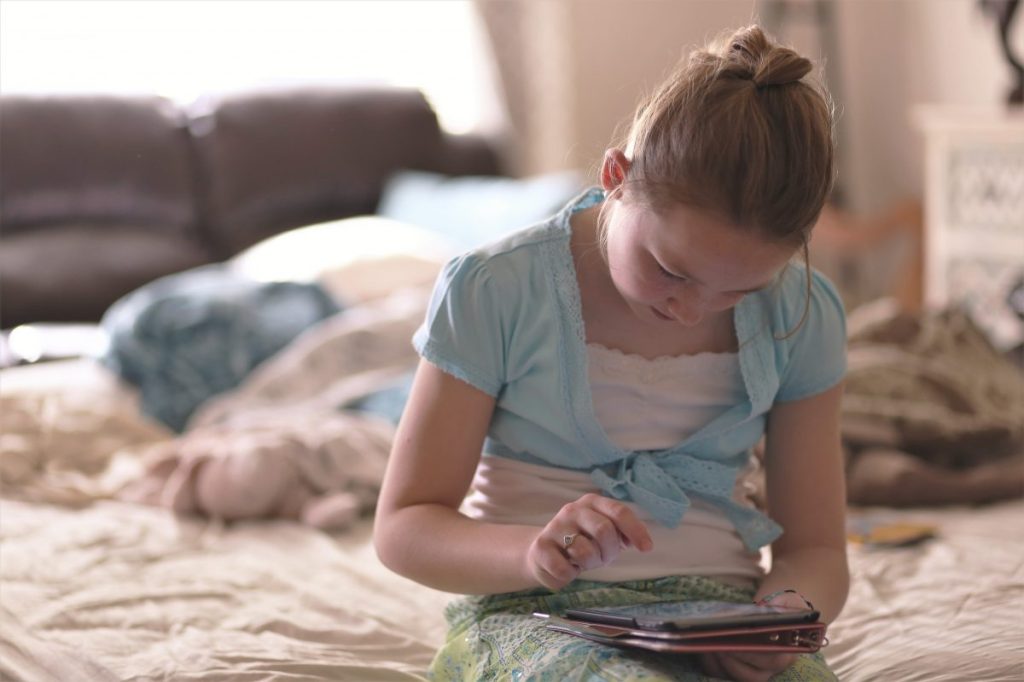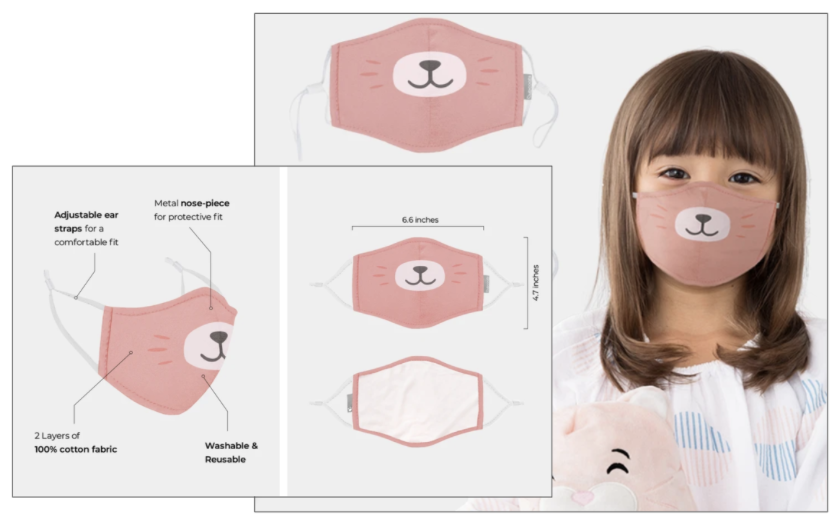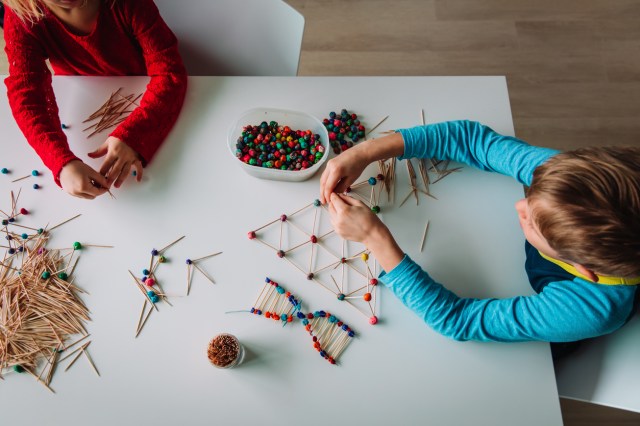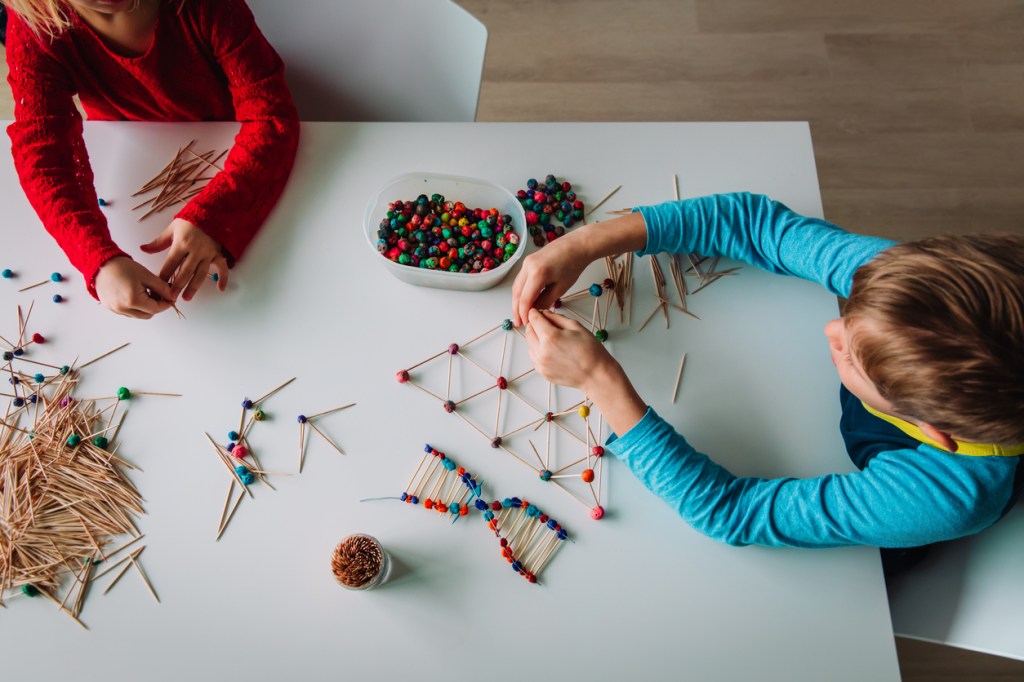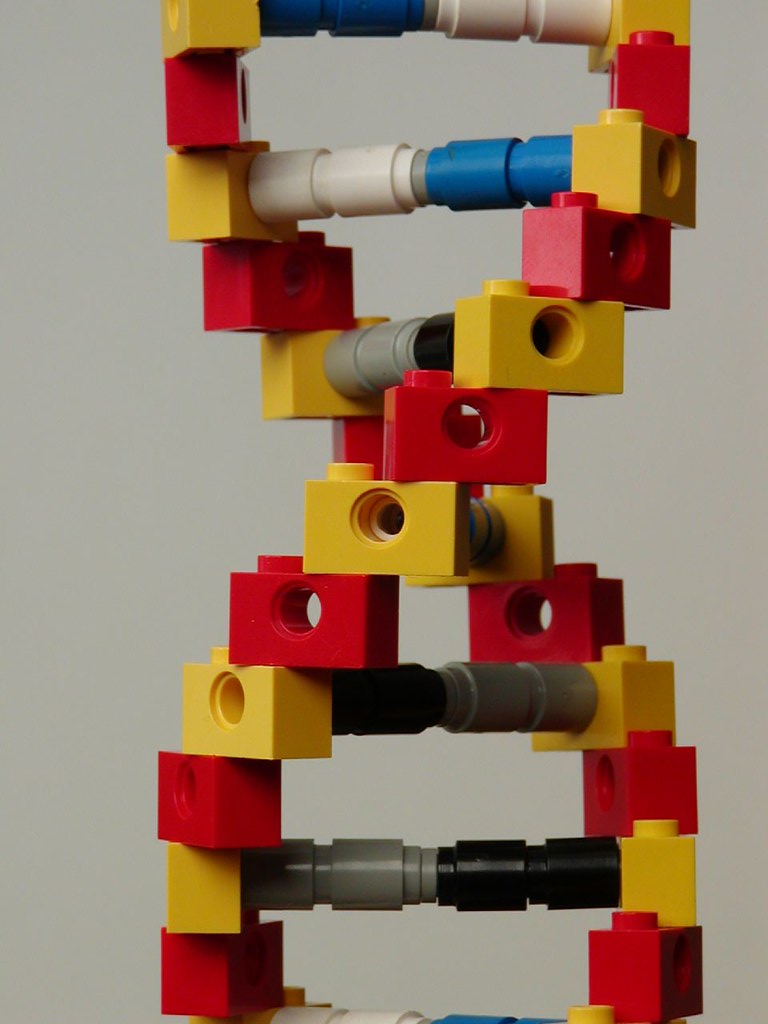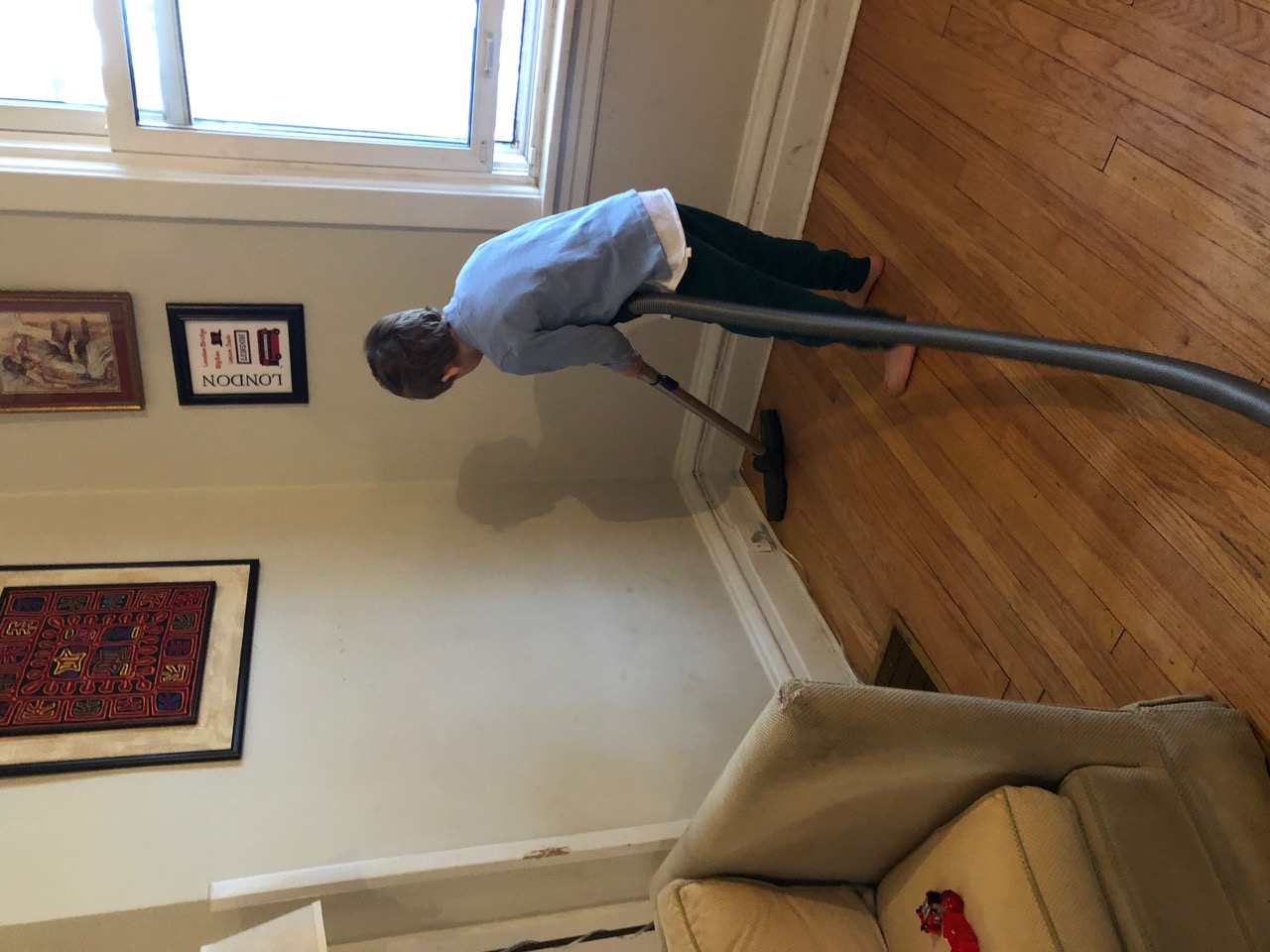
Allowing and offering your children age-appropriate chores is a great way to free up some time for yourself. It also builds self-confidence in your children as they successfully complete tasks that improve the flow and functioning of the family home/system.
Having the ability and inner strength to follow through with the boring but necessary task in any job is a gift that will forever be with your kids and set them up for success in whatever career path they choose. Plus, you may even get a few minutes to put your feet up and finish that drink before you hear “Mom, can you help me?”.
1. Bedazzle the Boring: This is your first task in teaching your children basic life skills. Find a way to make it fun. (Again if they are young you don’t have to try very hard…just give them your undivided attention for 5-15 minutes and teach them a task). If they are teenagers you might have to get a little creative to get them excited about mundane tasks that are necessary to keep a home running smoothly.
You can buy different and or funny dishwashing sponges, let them choose the scent of the soap, and maybe purchase gloves they can wear when doing dishes. Curtail the argument by providing the appropriate tools to be successful.
If you have wood floors strap some rags to their feet and have a “dance cleaning” party as you scrub and polish. Share with them a story about your own childhood when you were learning the same task. Were your parents kind or harsh? We all enjoy doing things when we are having fun…so show them how it’s done.
2. KISS: (Keep It Simple Smartie): A task should be broken down into parts and presented in its most basic form.
When my children were around 2 years old one of their daily jobs was to help me feed the dogs. They had 3 steps:
-
Open the food bin (AKA: lift the lid).
-
Measure out the food with the measuring cup (make it successful by using a measuring cup that they can “fill” which is the appropriate amount).
-
Dump the food into the dog bowl (it helps if the dogs are trained to sit and wait until released or they could hurt small children in their excitement to get to their food).
A non-dog example: matching socks.
-
Gather the single socks and spread them out (a bed, dining room table) and have your child “find the match.”
-
Make it a game and whoever finds the most matches wins. Or for those non-competitive homes, you say something like “We are all gonna work together to find matches and once we find as many as we can we all get something special (whatever your reward system is…try to avoid always using the same reward and keep food or extra screen time at a minimum. Instead of food rewards, you can create a “success chart” and add stickers for each task completed. Once your child has reached a certain number they get: 1:1 time with you at a park/movies, to invite a friend over for a playdate, request their favorite family meal, earn money, get an extra ½ added to their curfew, etc.)
-
Put matched socks away in their proper drawer.
3. Mean What You Say and Say What You Mean: Just like Mary Poppins, I’ve learned that being kind but firm and consistent with expectations/offering privileges makes it easier for all parties involved. Much of my professional work with parents is helping them understand they are not doing their child any favors by letting them “get away” with bad behavior “just this once” (which is a slippery slope to start down).
Often, the parent reluctantly admitted when they let things “slide” it was because it was inconvenient for them to stop what they were doing and help their child complete the required task. Some have even admitted they didn’t realize the long-term impact of not enforcing rules when their children were young and they are now “paying for it” as they struggle to manage their teenager who doesn’t have a strong foundation of basic expectations and respect for self and others.
Every day, we as primary caregivers pick what battles we want to fight with our kids, and by the end of the day, we are exhausted. I get it. Nevertheless, that feeling shouldn’t override the need to get up “one more time” to show your child how to complete a required task.
They won’t need constant hand-holding forever if they are empowered to confidently complete tasks that benefit themselves and the family at the moment. We all want to feel needed and helpful. So let them.
Guess what? That’s it. Make the task fun, keep the steps as simple as possible, enforce them as kindly and positively as you can, and be consistent in your expectations.
When my kids start to argue with me about completing a task we both know they can do I simply say “This is on you. You chose to not do it and privileges will be lost.”
Don’t start yelling and arguing. Calmly let them know this behavior won’t be tolerated and revisit it once they have chilled out or completed said task.
I’ve found that if my children don’t know what “privilege” will be taken away, they are usually more willing to be compliant. However, they definitely know if I threaten to remove something…I’m not joking because I’ve consistently followed through with consequences.
This isn’t to say they can’t change their behavior and earn the lost privilege back. I’m not running a prison. We all have momentary lapses in judgment and these shouldn’t be a “life sentence” for the rest of the day.
My goal as a parent is to raise individuals who can accept their shortcomings, fix the problem, and then move on toward being the best they can be.
I am a 42-year-old biological mother of two young children in a same-sex relationship, a clinical psychologist with a specialty in neuropsychological assessment, a music therapist, a trainer of therapy dogs and ex-communicated Mormon from Indiana with a wicked sense of humor.








